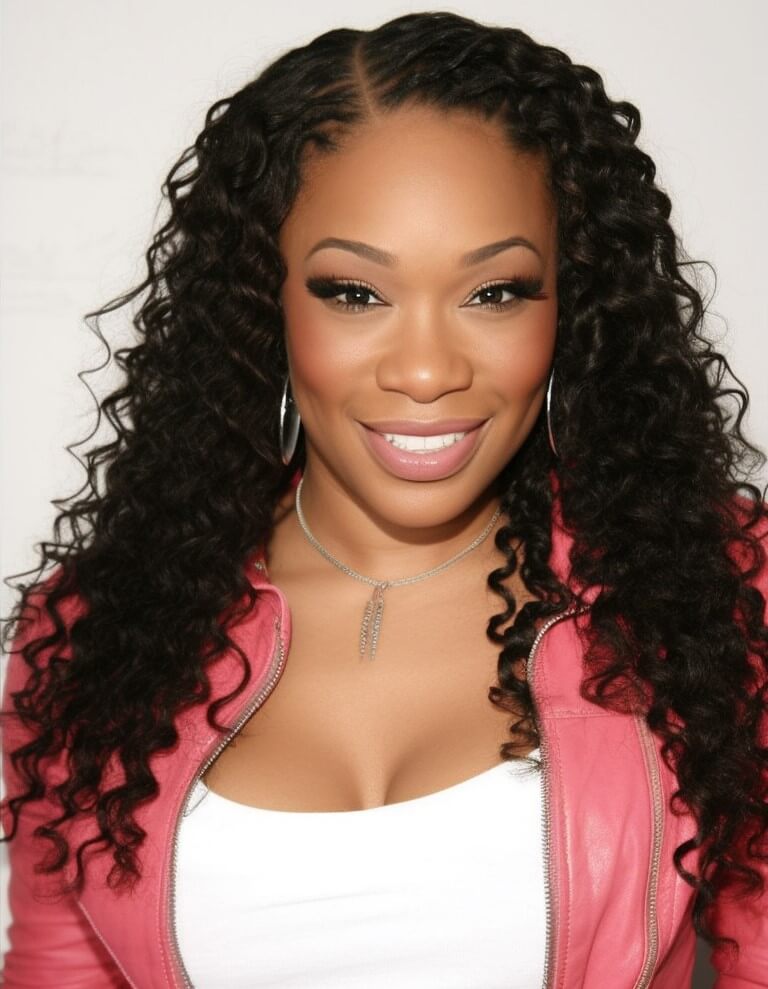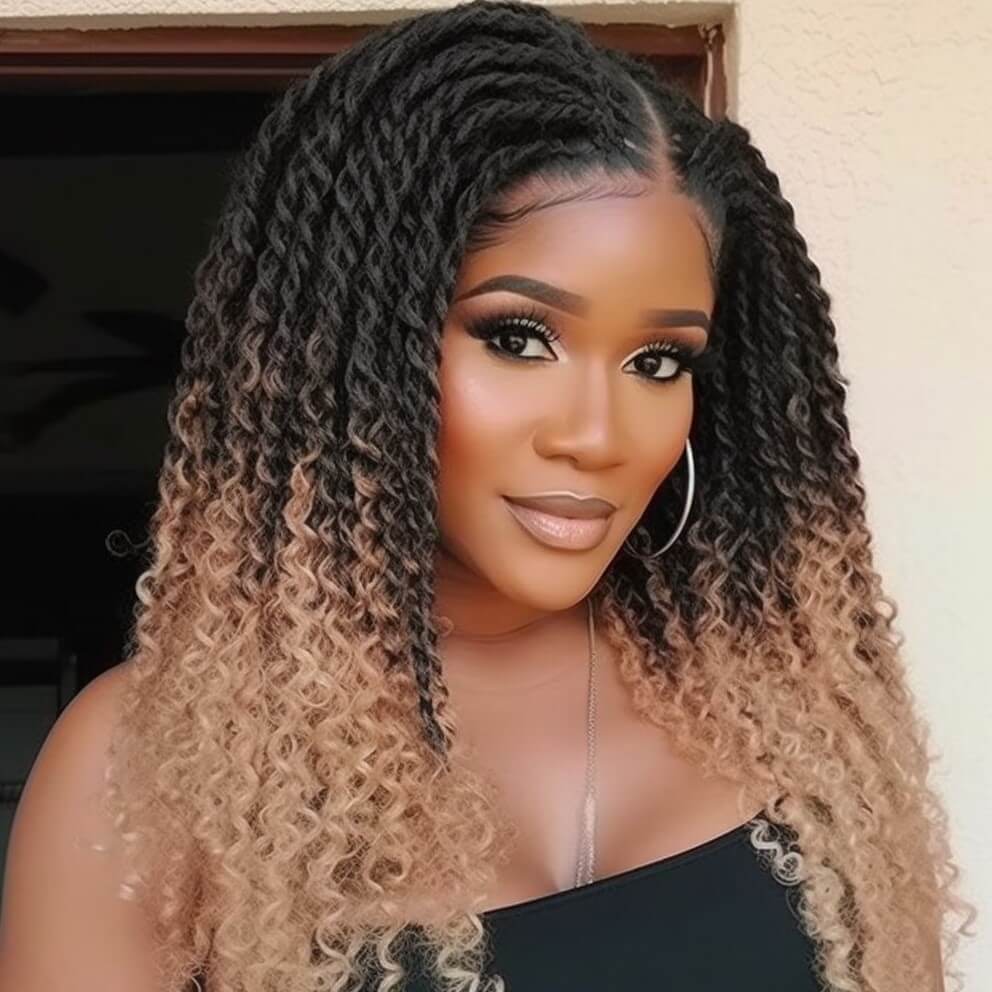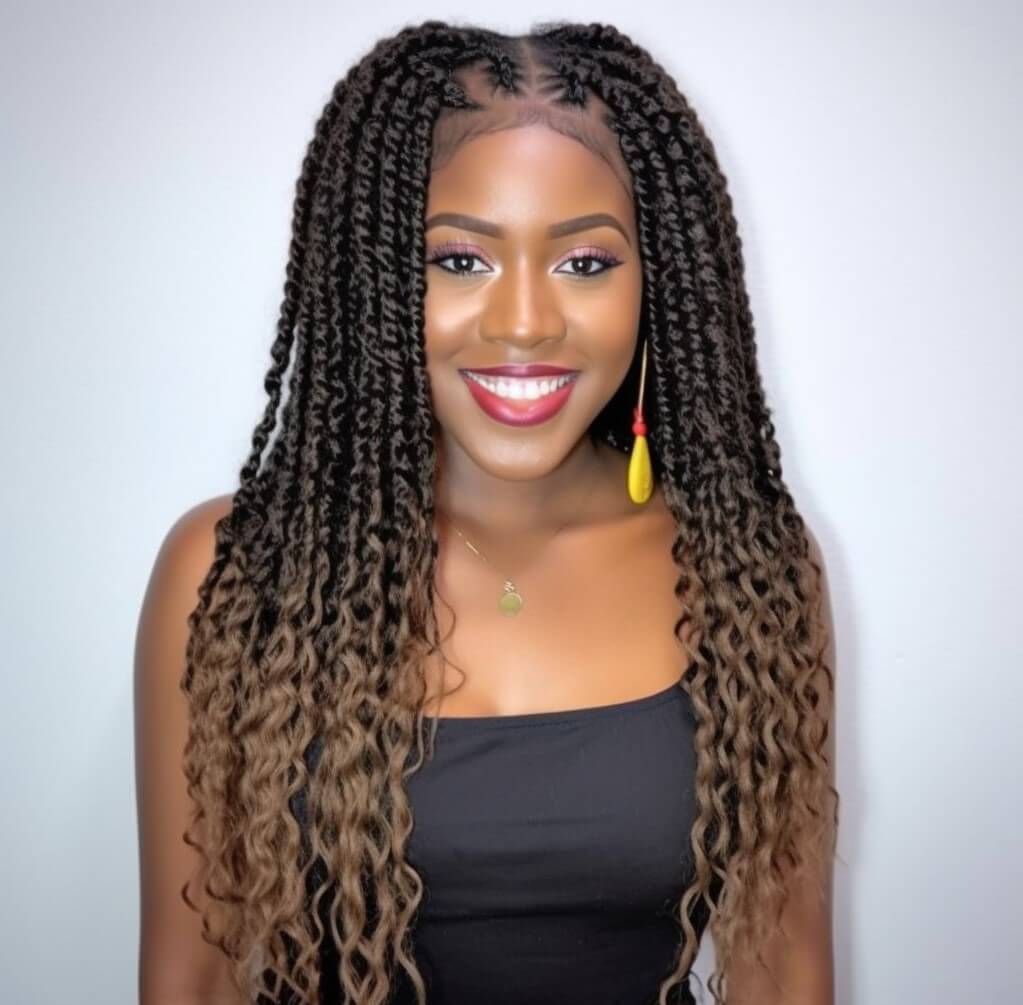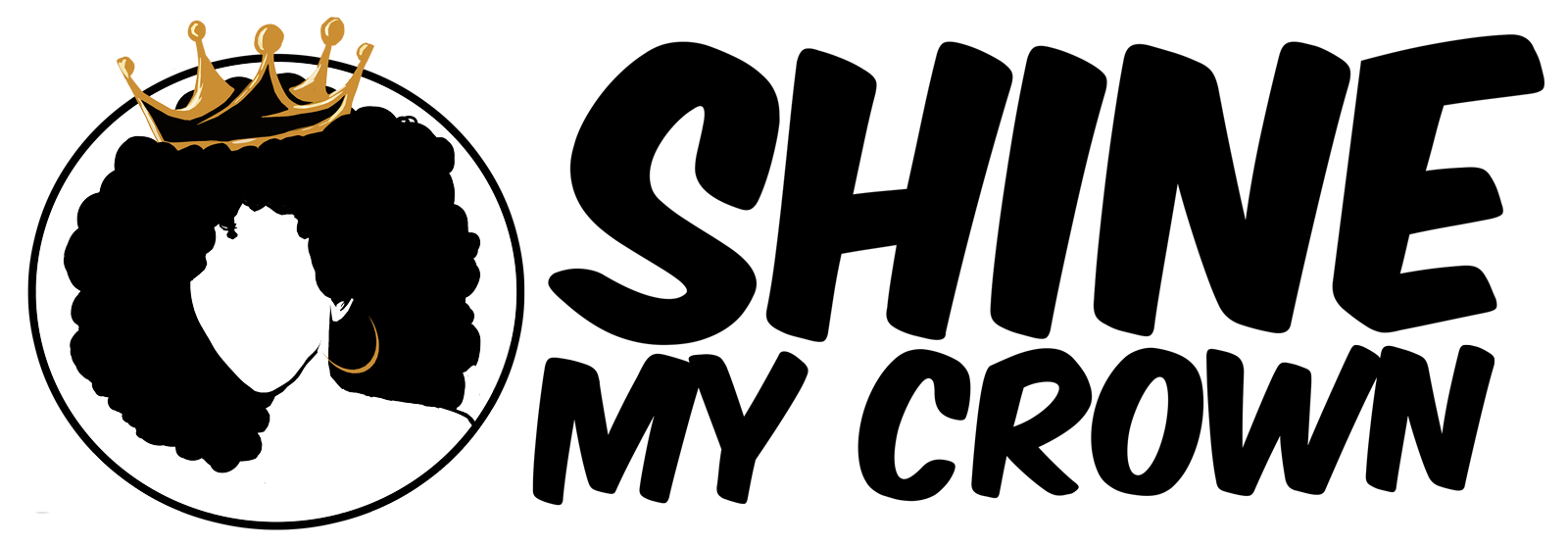Tree braids, an innovative and artistic hairstyle, have increasingly become a preferred choice for people wanting to embrace a unique, yet stylish look. Not just a trend, tree braids offer a protective style that accentuates the natural beauty of one’s hair. They are incredibly versatile, allowing for a multitude of personalization options to express one’s personality and style.
What are Tree Braids?
The rich tapestry of tree braids weaves into its threads a significant cultural history. Originating from Africa, tree braids are a testament to the beauty and strength of its people, serving as a reflection of the cultural richness and diversity that exists within its borders. Tree braids are more than just a hairstyle; they are an expression of identity, resilience, and freedom.
Setting tree braids apart from other braiding styles is their unique weaving process, where a portion of the braiding hair is left unbraided, giving the hairstyle a “tree-like” effect. This allows for an intermingling of loose hair with braids, delivering a hybrid style that showcases the best of both worlds.
Embracing tree braids can yield numerous benefits. They can protect the hair from environmental damage, reduce hair maintenance time, and provide a platform for experimenting with different hairstyles. However, on the flip side, they can sometimes lead to hair stress if not installed correctly, making it vital to follow proper techniques or seek professional help.
Materials Needed for Tree Braids
To create beautiful tree braids, you will need a set of essential tools and hair products. These include a good quality rat-tail comb, hair clips, hair moisturizer, hair oil, and a wide-toothed comb. It’s also beneficial to have a spray bottle with water on hand to help ease the braiding process.
When it comes to choosing the type of hair for your tree braids, you can either opt for human hair or synthetic hair. While human hair tends to provide a more natural look, synthetic hair can offer a wider range of colors and styles, allowing for greater customization. Both options, if chosen wisely, can create an impressive and appealing look.
- Hair extensions of your choice
- Rat tail comb for sectioning
- Hair clips or hair bands to secure sections
- Styling gel or edge control for neatness (optional)
- Lightweight oil or hair moisturizer for scalp maintenance
- Gentle shampoo and conditioner for washing

Step-by-Step Guide to Creating Tree Braids
Creating tree braids is an intricate process that requires time and patience. The process starts with parting the hair into sections, applying hair moisturizer, and then braiding each section, leaving some hair loose to create the ‘tree’ effect.
- Start with clean and detangled hair. Gently comb through your hair to remove any knots or tangles.
- Decide on the size and pattern of your tree braids. You can choose to braid your hair into small or larger sections, depending on your desired look.
- Section off a small piece of hair at the front. This section will serve as the foundation for your tree braids.
- Attach the first extension hair to the small section of your natural hair. Take a small section of extension hair, fold it in half, and place it on top of the small section of your natural hair.
- Begin braiding the extension hair along with your natural hair. Divide the combined section into three parts and braid them together, adding more extension hair as you move down the braid.
- Continue braiding the extension hair along with your natural hair until you reach the desired length. Secure the end of the braid with a hairband or by knotting the extension hair.
- Repeat steps 4-6, working your way across your scalp, section by section, until all of your hair is braided.
- Once all the braids are completed, you can choose to leave them as is or style them further. You can gather the braids into a ponytail, create updos, or let them hang loose.
Maintenance
Maintenance of tree braids includes regular moisturizing and gentle combing using a wide-toothed comb. To keep the braids looking fresh, avoid washing them too frequently. Instead, opt for a dry shampoo or a diluted shampoo mixture to clean your scalp and braids.
- Keep your scalp moisturized by applying a lightweight oil or hair moisturizer to the scalp regularly.
- Avoid excessive pulling or tugging on the braids, as this can lead to breakage or damage to your natural hair.
- Cover your hair with a satin or silk scarf or use a satin or silk pillowcase while sleeping to reduce friction and protect the braids.
- Protect your hair when swimming or engaging in activities that may expose the braids to excessive moisture. Consider wearing a swim cap or using a protective spray to minimize the impact of chlorine or saltwater.
- Regularly trim any frayed or damaged ends of the extensions to keep your braids looking neat and tidy.
Removal Process
Removing tree braids should be done with the same care and patience as installing them. Use a wide-tooth comb to gently detangle the hair, working your way from the bottom to the top to avoid any unnecessary pulling or breakage.

Top Tree Braids Hairstyles
Tree braids are incredibly versatile, offering an array of styles to choose from. Some of the top styles include:
- Wavy Centre-Parted Tree Braids: This style is ideal for those wanting a sophisticated, yet easy-to-maintain look. The loose wavy hair offers a touch of elegance, while the centre-part adds a contemporary feel.
- Front-braided tree braids:This style involves braiding the front of your hair while leaving the rest loose, creating a unique and stylish contrast.
- Black Layered Tree Braids:This classic style gives a voluminous effect, perfect for those who want to flaunt a fuller hairstyle.
- Highlighted Tree Braids:If you’re looking for a pop of color, highlighted tree braids can give your hair a vibrant and exciting look.
- Long Straight Hair with Tree Braids:This style is perfect for those wanting to showcase the length of their hair, with tree braids adding a unique twist to the classic long straight hair look.
Customizing Your Tree Braids
Tree braids offer an excellent platform to experiment with different color schemes and highlighting techniques. Whether you want to incorporate ombre hues or add a pop of color with bold highlights, there is no limit to the creative possibilities.
Customizing your tree braids can be as simple as adding decorative hair accessories or experimenting with different parting styles. Remember, the beauty of tree braids lies in their flexibility, allowing you to tailor the style to your preferences.
Invisible Tree Braids: A Closer Look
Invisible tree braids are a variant of the traditional tree braids, distinguished by their seamless blend with the rest of your hair, creating an ‘invisible’ effect.
Differences from Regular Tree Braids
Unlike regular tree braids where braids are visible, invisible tree braids give an illusion of loose, flowing hair. They offer a subtler look, often making it difficult to distinguish between the braids and the loose hair.
Invisible tree braids are lauded for their natural-looking appeal and versatility. However, they may require a higher degree of maintenance to keep them looking their best.

Popular Misconceptions about Tree Braids
Tree braids have been subject to several misconceptions. Some people believe they can lead to hair damage, while others think they are difficult to maintain. However, with the right techniques and maintenance, tree braids can be a protective and low-maintenance hairstyle.
With proper installation and care, tree braids can actually help promote hair growth by protecting your hair from environmental damage. Similarly, while the braiding process may be intricate, once installed, tree braids can save you a lot of time with hair maintenance.
Tree Braids for Different Hair Types
Tree braids can be an excellent choice for various hair types – thin, thick, curly, straight. Each type may require specific techniques and considerations, but the end result can be equally stunning.
For thin hair, smaller braids may provide more volume. For thick hair, larger braids can help manage the volume better. For curly hair, tree braids can accentuate the natural curls, while for straight hair, they can add an interesting textural element.
Tree Braids: Dos and Don’ts
Best Practices: Do moisturize your hair regularly, take breaks between installations, do experiments with different styles, and do seek professional help if you’re new to tree braids.
What to Avoid: Don’t braid too tightly, don’t neglect your hair care routine, don’t ignore any discomfort, and don’t rush the braiding or removal process.
FAQs
What are tree braids?
Tree braids are a versatile and protective hairstyle that involves adding extensions to your natural hair using a cornrowing technique. The extensions are attached to small sections of your hair, creating a tree-like appearance.
How long do tree braids last?
The duration of tree braids can vary depending on how well they are maintained and the type of hair extensions used. On average, tree braids can last for several weeks to a few months. It’s essential to care for your braids properly to maintain their appearance and ensure the health of your natural hair.
Can I wash my hair with tree braids?
Yes, you can wash your hair with tree braids. It’s important to use a gentle shampoo and conditioner and avoid excessive manipulation to prevent frizzing or loosening of the braids. Focus on cleansing your scalp while being careful not to disturb the braids themselves.
Tree braids, with their unique blend of creativity and cultural significance, offer a versatile hairstyle option that beautifully encapsulates the essence of personal style and identity. Remember to take your time and be gentle when braiding to avoid causing unnecessary tension or damage to your hair. Enjoy the versatility and protective benefits of tree braids! Happy braiding!
